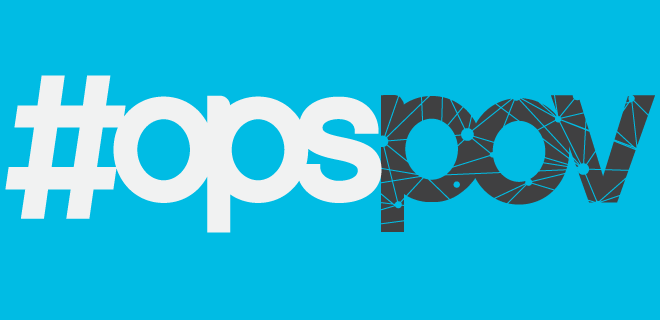
Google made an announcement last month via a blog post: They’re taking a stand against (ostensibly) intrusive mobile interstitials. Starting Jan. 10, 2017, the post reads, “content that is not easily accessible to a user on the transition from the mobile search results may not rank as highly.”
In other words, if, after navigating straight from a Google search to a site, that site serves up a pop-up that covers the content at any time while navigating the page, or a unit that has to be dismissed in order to get to the content, that site risks being penalized by getting demoted in Google search ranking.
Real talk: If you’ve ever Googled anything on your phone before your first cup of coffee, or in the elevator on your way to a meeting, or while catching a fleeting wifi signal, or in a bar with friends, you can understand why Google wants to see those ad units disappear. If you want to give the user the best flow of information, you need to accommodate the user at their clumsiest, most impatient and most fickle.
That said, these UX issues are in the air throughout the industry already. It seems premature for Google to made a command decision that will affect everyone in mobile web. Among publishers, there’s been some confusion: Google has recommended mobile ad units that don’t fully obstruct the page, but some publishers wondered whether those recommended units fit IAB standards. If they didn’t, they could have problems getting ad creative in a timely fashion, which could gum up the whole supply chain.
As it turns out, the IAB swooped in today (although, to be fair, the IAB doesn’t do much swooping without deliberating extensively, so this shouldn’t be too much of a shock) and announced it was going to retire “intrusive” formats, including expanding ads and Rising Stars. The idea is to come forward with a new set of standards that are better suited for cross-device marketing.
For mobile, this means the IAB is calling for the standardizing where on the ad you put the button to x out, and for putting a stop to ads that pop up after the page content has loaded. It’s maybe facile to say this after the fact, but maybe Google rushed in to soon. The IAB’s announcement suggests the industry at large is coming around to the same idea, and it indicates that if there’s a change to the way mobile ads appear, there’ll be an industry standard attached to it.
As the IAB takes suggestions for new standards, Google’s ultimatum still stands, effective Jan. 10. Just to be clear, legal disclaimers are exempt, as are logins to content that is not publicly indexed. App content is also exempt, as are mobile web pages the user accesses directly, rather than from search results.
Google recommends banners that take up a “reasonable amount of screen space.” Publishers in the AdMonsters community have recognized what they’re recommending is basically a top-dwelling adhesion banner with no background color over the content.
The way publishers see it, there are more or less three ways to react to Google’s demands: You can keep doing what you’re doing, you can adopt their recommended unit, or you can remove mobile interstitials entirely.
There are downsides to each. Keep running mobile pop-ups and the like, and you risk losing your place in Google’s search ranking. Adopt the smaller banner, and there may or may not be a chance you’ll have issues getting creative (that is, depending on whether Google’s recommendations match industry standards). Cut out mobile interstitials entirely, and you’ll negatively impact revenue.
If Google is recommending a top-dwelling adhesion banner, that’s a good start for developing a new mobile game plan. According to one publisher, advertising clients love these adhesion units, but editorial is displeased—the unit appears right at the top of the mobile screen, where there are often very important elements that editorial doesn’t want covered up. That publisher recommended bottom-dwelling banners of the same size as a compromise.
And that compromise might be a harbinger of where mobile web is going, now that the IAB is calling for broader changes. Google perhaps called this shot too early. If it had held off for a minute, the industry at large would have started tilting in the direction it wanted on this issue.